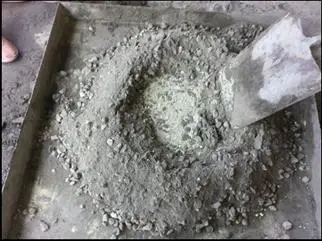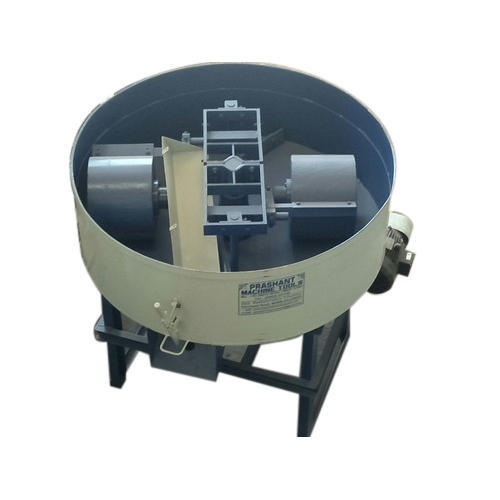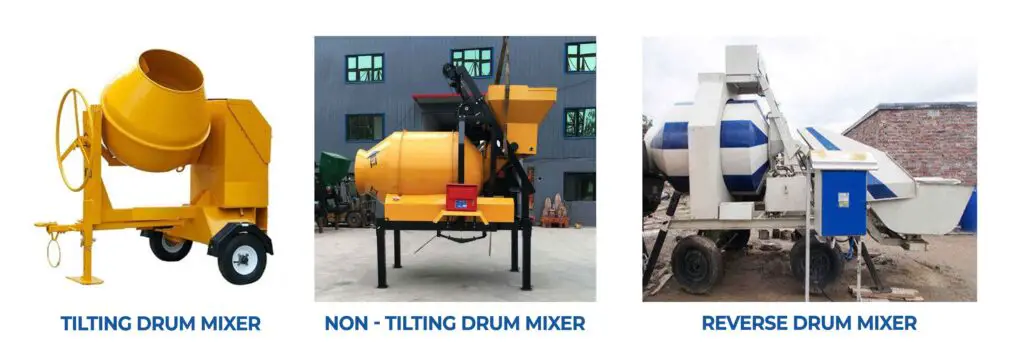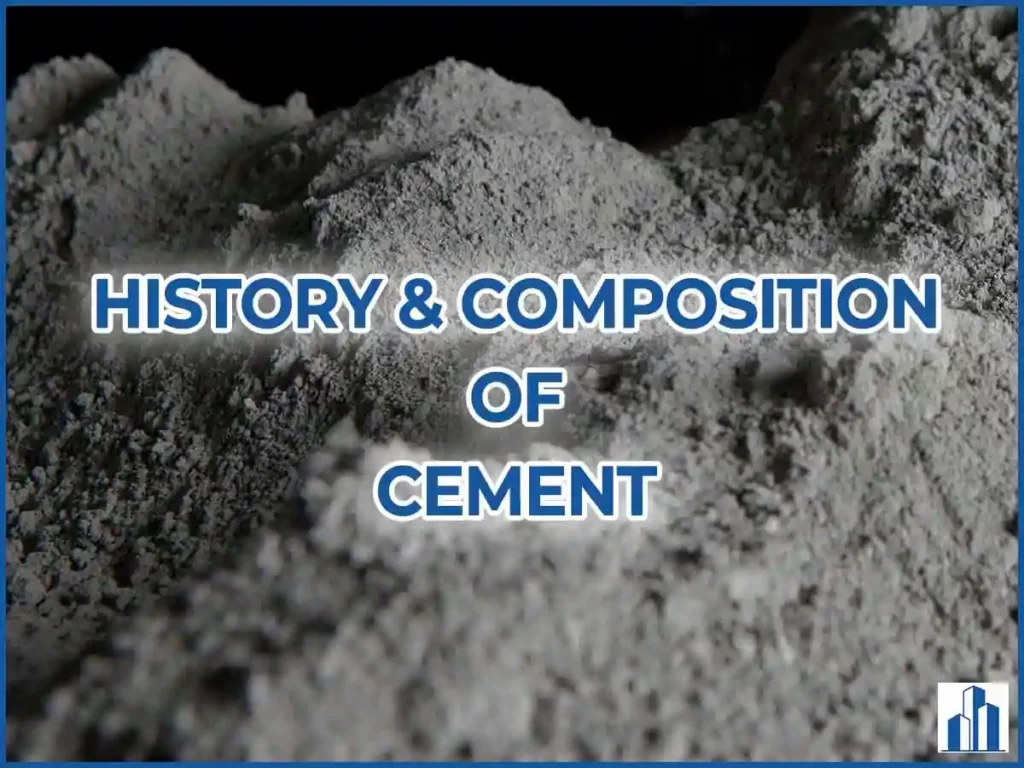Mixing of concrete is one of the crucial steps involved in the production of concrete.
It is an important process but its importance is undervalued very often. In many construction sites, to speed up the process of concrete pouring, mixing time is often reduced which results in poor quality concrete.
Let’s learn the proper way of mixing concrete.
Mixing is done to make the concrete mix more homogeneous. The mixed concrete should have uniform colour and consistency.
Mixing can be done in 2 ways. They are,
- Hand mixing and
- Machine mixing
a) Hand Mixing of concrete
It is an old traditional way of mixing concrete and shall be used for unimportant works. An extra 10% cement should be added considering various uncertainties like non-uniformity in mixing and the wastage of cement that sticks to the mixing floor.

b) Machine Mixing of concrete
Machine mixing of concrete is always preferred for medium-scale or large-scale concreting works. It is also economical when the quantity of concrete is huge.
Broadly, the mixers are classified as,
- Batch mixers and
- Continuous mixers
Batch mixers – Batch mixers produce concrete batch by batch. It is used for normal concrete work.
Continuous mixers – Continuous mixers discharge concrete continuously as the ingredients are fed through feeders. It is used for large concrete works like dams and bridges. It is also used in Ready Mix Concrete (RMC) plants.
Batch mixers are further classified into,
- Pan type mixers and
- Drum type mixers
Pan-type mixer – Pan type mixer or paddle mixer is a small mixer device that consists of a hollow cylindrical pan, a blade attached at the center, and the outlet. The pan may be of open or closed type. It is used especially to mix stiff and lean mixes. It is also used to mix mortar.

Drum type mixer – As the name implies, the mixer consists of a drum which is operated by motors. The drum-type mixer is further classified as
- Tilting mixers
- Non-tilting mixers
- Reversing mixers
Tilting mixers – This mixer consists of a rotating drum with blades that can be tilted for loading and discharging. Both loading of ingredients and discharging of concrete can be done through the same opening. While mixing, the drum is approximately 15 degrees inclined. The discharge time of each batch is faster when compared to non-tilting mixers.
Non-tilting mixers – The drum of this mixer is fixed in place. The material is fed through a hooper. After mixing, the mixed concrete is discharged to the other end by a chute, operated with a lever. The loading of ingredients and discharging of concrete can be done through separate openings.
It is seen that the tilting mixer is more efficient than a non-tilting mixer because a small amount of segregation takes place when a non-tilting drum is used, as the concrete slides through the chute.
Reversing mixers – Reverse drum concrete mixer, also known as a self-reverse concrete mixer mixes the ingredients of concrete fed by a hopper when in a positive rotation. After mixing, the drum stops and rotates in a reverse rotation to discharge the concrete. It is most widely used for large concreting works.

Designation of concrete mixer
As per I.S. 1791–1985, the concrete mixers are designated by a number that indicates their capacity in liters and a letter that indicates the type of the mixer.
The following are the standard types available in the market,
a. Tilting: 85 T, 100 T, 140 T, 200 T (T refers to Tilting type mixer)
b. Non-Tilting: 200 NT, 280 NT, 375 NT, 500 NT, 1000 NT (NT – Non-Tilting)
c. Reversing: 200 R, 280 R, 375 R, 500 R, and 1000 (R – Reverse mixer)
How to choose the capacity of the concrete mixer for our work?
Let me show you through an example.
Let’s say, you want to produce M20 concrete for normal work with a mix proportion of 1: 1.5: 3. You have to choose the ideal capacity mixer for your work.
Let’s choose the capacity of the mixer in such a way that in each batch you mix exactly 1 bag of cement (35 liters or 50kg) with the respective aggregates. (How volume of one cement bag is 35 litres?)
Let’s calculate the total volume,
The mix proportion is 1: 1.5: 3, which equals (35 + (35*1.5) + (35*3) = 192.5 litres). So the requirement will be 200 liters capacity to facilitate one bag mix.
Hence, the concrete mixer 200 T will be ideal for our work.
Optimum mixing time of concrete
Sometimes it is a common mistake done by the labour at the site, reducing the duration of mixing of concrete to speed up the concrete pouring process. This results in poor quality concrete.
Generally mixing time is related to the capacity of the mixer. This generally ranges from 1.5 minutes to 2.5 minutes.
According to IS 456: 2000, the mixing time of concrete shall be a minimum of 2 minutes.
Hope you get all the information you need to know about the mixing of concrete. If you have any queries or if you found this article helpful, let us know in the comment section.
Read more : 15 Types of cement and their Uses in the construction industry, Laboratory tests of cement.




Pingback: A Comprehensive List Of Types Of Heavy Equipment Used In Construction | Civilunlimited.com